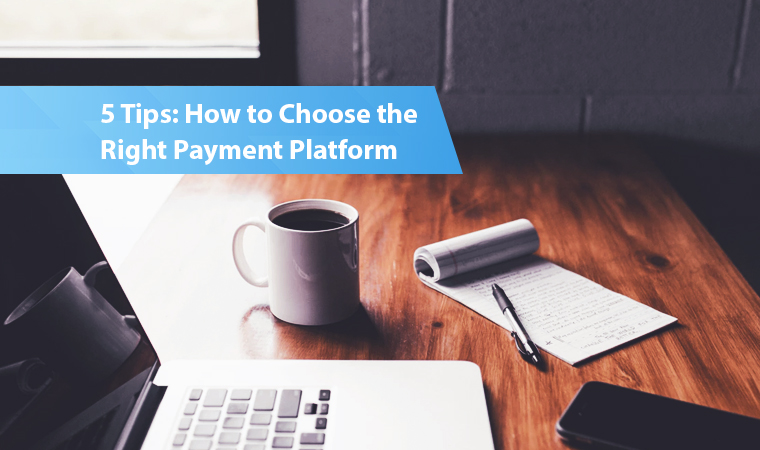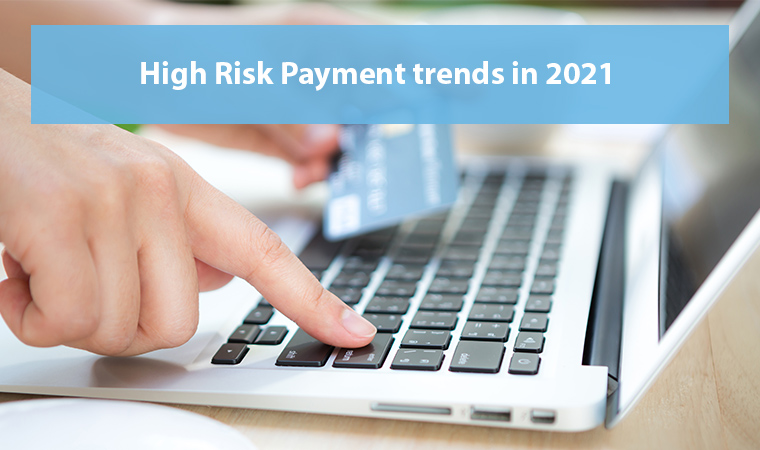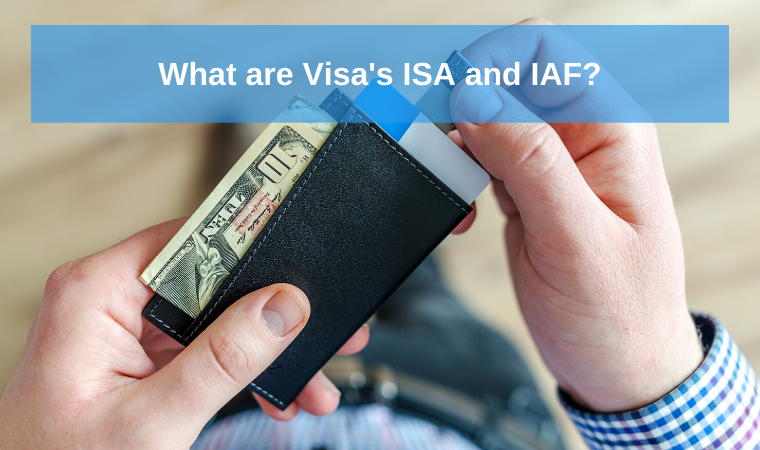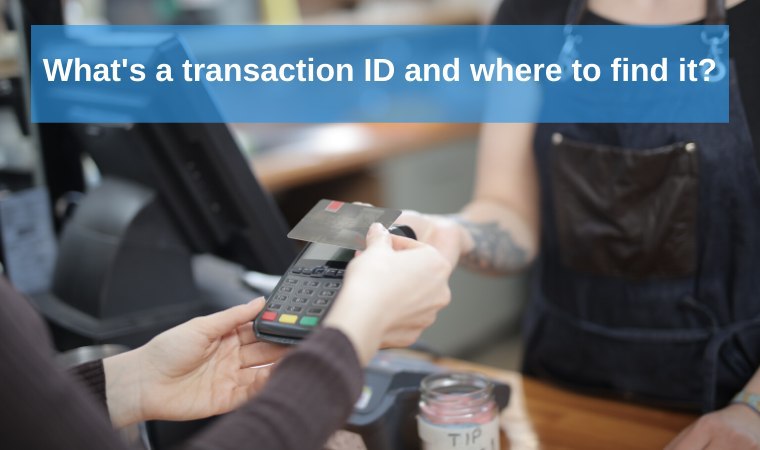5 tips on how to choose the right payment platform

So, let’s assume you own a business. You are already ready to start all the business processes, but there is just one thing missing. You are ready to get your feet wet and start accepting the first credit card payments, but you can’t since you still haven’t found a reliable payment service provider. Or you might be a seasoned businessperson but have currently decided to search for a new PSP. If it’s all true, and you are willing to choose the right payment platform today, you’ve come to the right place. Check our 5 tips that will make your searches seamless and more effective.
5 ways to pick the perfect payment platform for your business
1. Overseas payments
It’s essential to understand the needs of your business: are you going to work globally and need cross-border payments, or local currency will be enough for your in-country business? Always remember that it should be convenient and affordable for customers, no matter where they are located, to pay for your services. Pay attention to these factors when thinking of international transactions:
-
Fees and exchange rates. Integration into new markets means paying new fees, and these fees are normally higher than your local. Also be ready to pay currency conversion fees if they are prescribed in the contract with the payment platform.
-
Safety and security. If you have been successfully working in Europe, and plan to expand into, for instance, American markets, pay attention: regulations around credit card transactions are different.
-
Opt for a payment provider that offers cross-border payments and operates with currencies that are essential for your out-of-country business.
2. Fee structure
Each business owner aims to increase the cash flow. So, an appropriate fee structure is one of the determining factors when choosing a payment platform. Here are the most common types of fees:
-
The interchange fee is paid from a merchant’s to a customer’s account when a consumer buys a product/ pays for services in your store;
-
Transactional fee occurs every time you make a transaction. An average pricing varies between $2,9% + $0,3 per transaction;
-
Hidden fees. Read the contract thoroughly because this type of additional fee can affect your cash flow.
There are also chargeback, batch, annual/monthly fees on the list. Providers normally mix all the fees depending on a type of collaboration type. Familiarize yourself with different fee structures and choose the one that will suit your needs as well as have a positive impact on your cash flow.
3. Efficient software
Compile a list of what you expect from a payment provider and compare technological capabilities of different processors including:
-
One-click checkouts that simplify the shopping process and make customers’ journey much easier. As a result, the quality of the payment experience grows;
-
Integration. Payment processor should provide you with a wide range of integration types: CMS, shopping carts and payment tools as well as a Virtual Terminal that enables to accept card-not-present operations; API documentation, etc;
-
Growth. If your business is booming and profits are up, you need to opt for a platform that complies with your requirements. Long story short, choose a promising payment platform at the very beginning. This way you won’t face the trouble when your provider is simply unable to handle the responsibilities.
4. Security
Are you worried about the security of your business transactions? Do you want to make sure that customers’ cards’ data won’t fall into the hands of fraudsters? The best solution is to opt for a PCI DSS-compliant payment gateway. Payment Card Industry Data Security Standard (PCI DSS) is a standard enforced by the credit card issuing companies like Visa and Mastercard.
There are four levels of PCI compliance that depend on the amount of annually processed Mastercard or/and Visa transactions. You can read more about them here.
5. Customer support
When it comes to making a profit, you want to get assistance as soon as possible.
One of the most important things of long-term and effective collaboration between a merchant and a payment provider is timely support. You need to decide which channel of communication is the most convenient for both parties – a contact form, 24/7 hotline, chat service. Based on this, you can choose a payment processor.
When chargebacks occur merchants face with additional spendings on tracking and preventing fraudulent activities – as a result, it seriously hurts the cash flow. There comes a time to test promising chargeback and fraud prevention software provided by the payment platform. And make sure the chargeback support is top-notch. It may sound trite, but don’t hesitate to search for feedback on a chosen payment platform on trusted Q&A websites, social networks, etc. Or pretty basic, fill out the contact form and check your watch. If customer support gets in touch shortly after your request, your choice fell on the client-focused company.
Conclusion
Choosing a payment provider could be a daunting task. The only way not to get lost in the variety of options is by obtaining a clear understanding of the needs of your business and how a chosen payment service provider can meet them!


